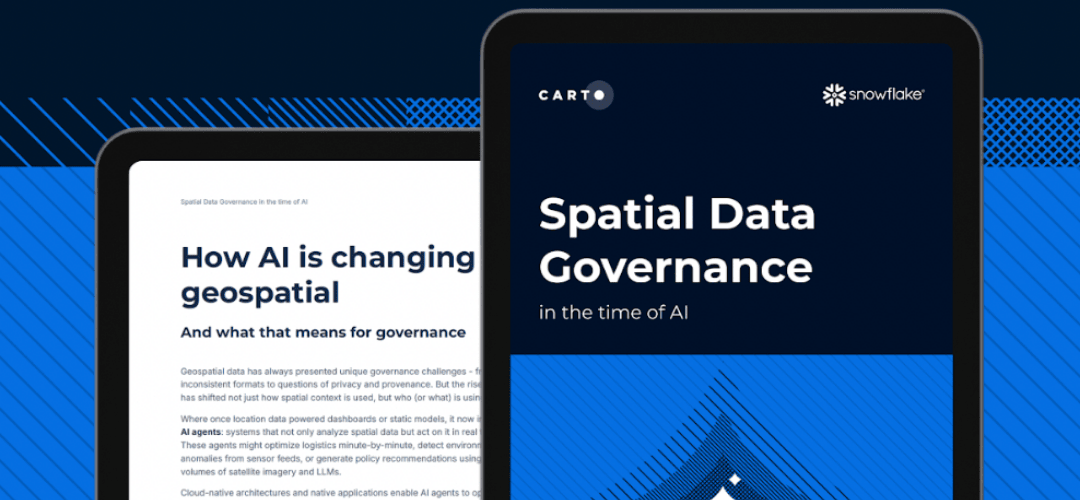GeoJSON, based on the JSON (JavaScript Object Notation) format, is a lightweight data-interchange format that is easy for humans to read and write, and easy for machines to parse and generate. It is often used for data exchange between a server and a web application, as well as for configuration files and data storage. GeoJSON is language-independent, meaning it can be used with various programming languages.
GeoJSON for GIS and Spatial Analysis
In the context of GIS (Geographic Information System) and spatial analysis, GeoJSON is often used as a format for representing and exchanging geospatial data. Its application in GIS and spatial analysis involves encoding geographic features, geometries, and associated attribute data in a standardized and interoperable manner.
Here's how GeoJSON is typically used in this context:
GeoJSON is a type of JSON format designed for encoding geographic data structures. It supports various geometry types such as points, lines, polygons, and multi-geometries. GeoJSON is widely used for representing geographic features and is supported by many GIS software and web mapping libraries.
Example of a GeoJSON representation of a point feature:
{
"type": "Feature",
"geometry": {
"type": "Point",
"coordinates": [100.0, 0.0]
},
"properties": {
"name": "Sample Point"
}
}Attributes and Properties: In GIS, spatial data often includes both geometry (the spatial location) and attributes (descriptive information). JSON is used to represent both the geometry and the associated attribute data.
Example of a GeoJSON representation of a polygon with attributes:
{
"type": "Feature",
"geometry": {
"type": "Polygon",
"coordinates": [
[
[0, 0],
[0, 1],
[1, 1],
[1, 0],
[0, 0]
]
]
},
"properties": {
"name": "Sample Polygon",
"area": 1.0
}
}Spatial Data Exchange: GeoJSON is often used as a format for exchanging spatial data between different GIS applications, databases, and web services. It provides a standardized and interoperable way to share geographic information.
Web Mapping Applications: When building web mapping applications, JSON, and specifically GeoJSON, is a common format for transmitting spatial data from a server to a web browser. This allows for the dynamic display and interaction with geographic features on a map.
CARTO and GeoJSON Format
On CARTO, it is possible to import GeoJSON formats along with CSV, GeoPackage, KML, KMZ, TAB, Shapefiles (in a zip package), and GeoParquet with at least two columns. Access more information about supported formats on the documentation.


.png)

